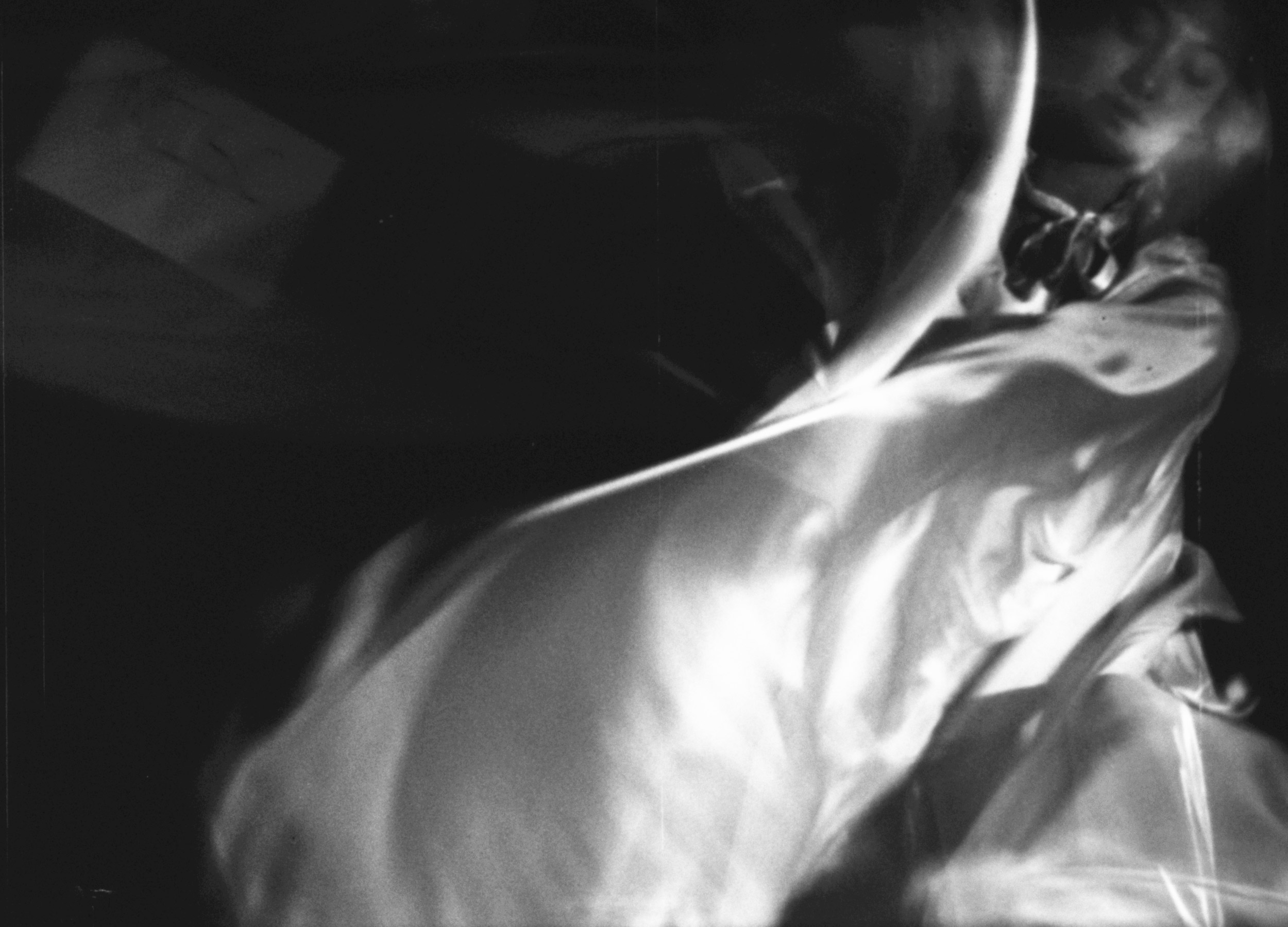Location
Anthology Film Archives
32 Second Avenue
New York, NY 10003

Anthology Film Archives
32 Second Avenue
New York, NY 10003
25 January 2017
7:30 PM – 9:00PM
Program Notes.
The title of the Fall 2016 issue of Millennium Film Journal No. 64 – Image Machines – invites readers to consider artists’ moving image as an interplay between the activities and intentions of filmmakers and the variety of machines and methods employed in the creation of their works. Through disarming voice-overs, archival excavations, and personal interventions, these digital and photo-chemical works chart the leaky tensions between interior and exterior landscapes. Displaying a technical and poetic eclecticism, and marked by an attention to the charged relationship between content, technology, and form, these films enact a broad imagination of the “image machine” and its discontents.
Curated by Anita Spooner and Millennium Film Journal senior editor Grahame Weinbren. All works are featured in issue 64 of the Millennium Film Journal.
Peter Bennett reads the opening of the St. James Genesis as if it were a Shakespearean text, extracting both personal significance and a description of the origin of the world that sounds simultaneously fictional and scientific. The reading informs a series of exquisite images, pulled from advertising, educational, and corporate films, in two adjacent windows on screen, the two images ambiguously resonating with the spoken text.
Yuen plays Narcissus, but in a re-reading of the mythical figure, her love of her own image is tainted. The film describes five different relationships with the self: the never-changing watcher of the watcher; the intertwined, codependent relationship; the self-critical internal bully; the obsessive self-lover; and the self without awareness of itself. Through these changes, the film suggests a more fundamental and playful relationship between herself and her image. Narcissus drowns when he tries to embrace his reflection, but for Nina the lake is not where the danger lies.
SNÖ documents a car journey through a country road in a snowstorm. Abstract fields of shimmering grey and white suggest a deep, unrooted melancholy in the specificity of the images and in the calm, simply told recollection of the journey. Through the moribund landscape, a sense of the inevitable is slowly revealed in the barely stated yet irrevocable fact of the circumstances the narrator and his mother are navigating.
“This film developed from the idea that the Archive is a port of call, a place where goods are loaded and unloaded and held until a “dockworker” (or a “doc-worker”!) carries them off. In some ways the imagery is a metaphor for our process. As a film researcher and editor, I find myself seeking out hidden or elusive film material. In the film, there is the voyage, the expedition – and the hunt: we hunt these rare films in order to bring them back alive, so that they can live, for awhile longer, on the screen.”
–Bill Morrison
A montage of extraordinary images taken from a cache of footage the filmmaker found in the attic of his grandfather. An army officer who was in charge of the horses used by Hitler’s army during the early war years, he was also a highly skilled amateur movie cameraman. Withholding horrific imagery, the filmmaker’s commentary forges a disturbing and brutal commentary on the ideology of images of WWII.
An intensely worked optical printing extravaganza inspired by modern dance pioneer Loie Fuller and her Serpentine dances, which were recorded by the studios of both Edison and the Lumières.
“In SERPENTINE we see an interest in the operations of projected light on emulsion, but this is now combined with an explicit emphasis on the female body, and an implicit concern with that body’s treatment within avant-garde film history. The clash that results…makes SERPENTINE an important contribution to the history of self-reflexive avant-garde film practices.”
–Vera Dika, MFJ
Total running time: ca. 90 min.
This program is partially funded by NYSCA through the Millennium Film Workshop, affiliated with Millennium Film Journal.